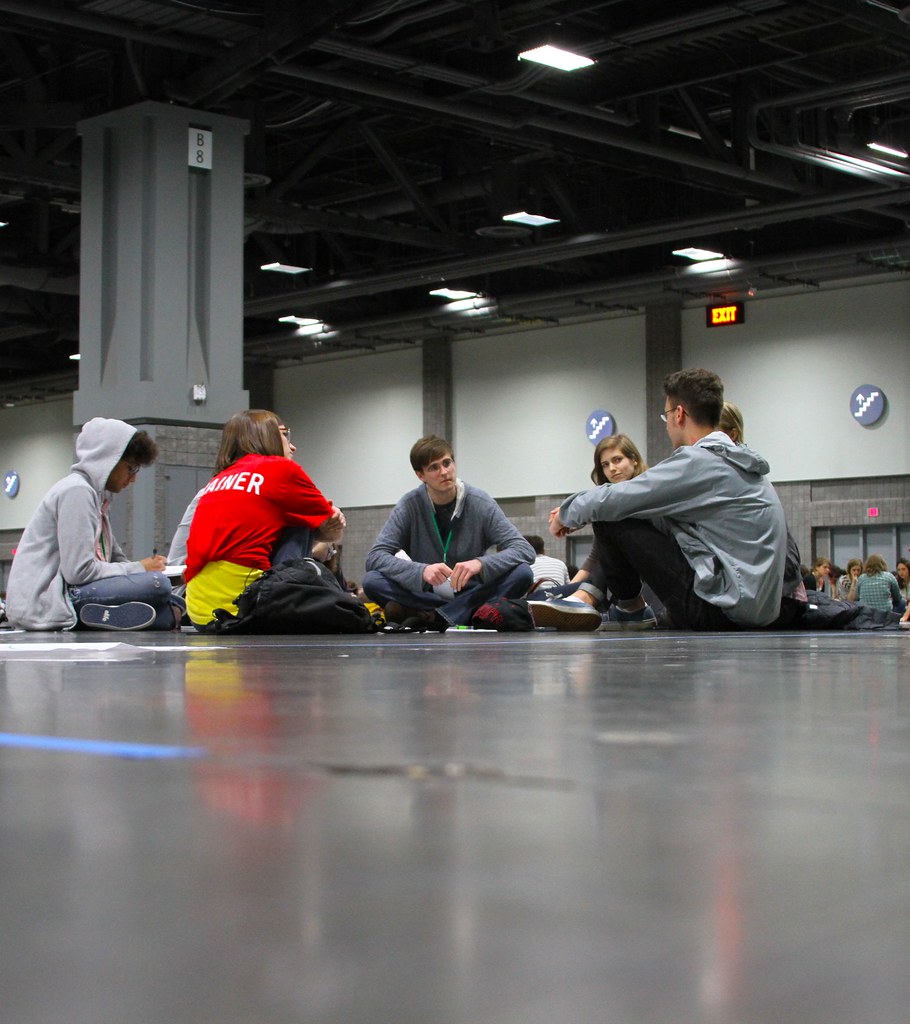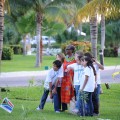Launch of the Alliance for Climate Change Education
Holly Jones | December 6, 2012.

Education has been a major focus at the United Nations climate change negotiations in Doha, Qatar. The creation of the Alliance on Climate Change Education, Training, and Public Awareness ramps up support for the implementation of Article 6.
Article 6 is text that focuses on teaching individuals how to adapt to, or prevent climate change. By teaching mitigation and adaptation best practices it is hoped that people around the world, particularly youth, will then have the skill sets needed to live in a changing climate.
The newly formed Alliance will provide the resources needed to implement Article 6. These resources will range from social media outreach and joint publications, to on-the-ground project application by partner members.
With the mission to “promote meaningful, result-oriented and effective international cooperation in support of the implementation of the Doha work programme on Article 6 of the UNFCCC,” the newly formed Alliance will support all member organisations.
Initial membership consists of the Food and Agriculture Organisation, UN Children’s Fund, UN Environment Programme, UN Educational, Scientific and Cultural Organisation, UN Institute for Training and Research and the World Metrological Organisation. The group plans to expand membership to other sectors after initial foundational work is complete.
The Alliance marks a departure from past shortcomings in the UNFCCC. Harriet Thew, environment coordinator for the World Association of Girl Guides & Girl Scouts, told The Verb, “Now that the new Doha Work Programme on Article 6 has been agreed, we have a real opportunity to see effective implementation of climate change education. In the midst of inaction in Doha, parties came together to agree on one sustainable solution: engaging our public and educating our youth.”
The lack of ambition in Doha is countered by the breath of fresh air that the Alliance offers.
However, the Alliance does fall short in the area of long-term financial support. Member organisations are encouraged to engage in “joint resource mobilisation,” but are not required to produce financial support. Achim Halpaap of UNITAR points out that financing Article 6 goals could be difficult because implementation only results in “soft results.” He noted that while effective on the ground, it is challenging to quantitatively show the impact that planting trees can have on a community through metrics.
Nick Nuttall of the UNEP also commented that while the forming of the Alliance is exciting news, it is by no means a ground-breaking effort in terms of inter-organisation cooperation. He encouraged all participating organisations to think about what has and has not worked in the past. In doing so, he highlighted the need to consider framing and strategy, particularly in terms of accessibility via language and translations.
Despite the questions that still surround the Alliance; the reason for excitement is clear. This is an opportunity for Article 6 to be rolled out on the ground with tangible results in adaptation, mitigation and disaster preparedness. The Alliance is a demonstration of action, growth and proof that the UNFCCC can in fact produce results.
By Holly Jones, photos by Laura Owsianka and Linh Do.












comment